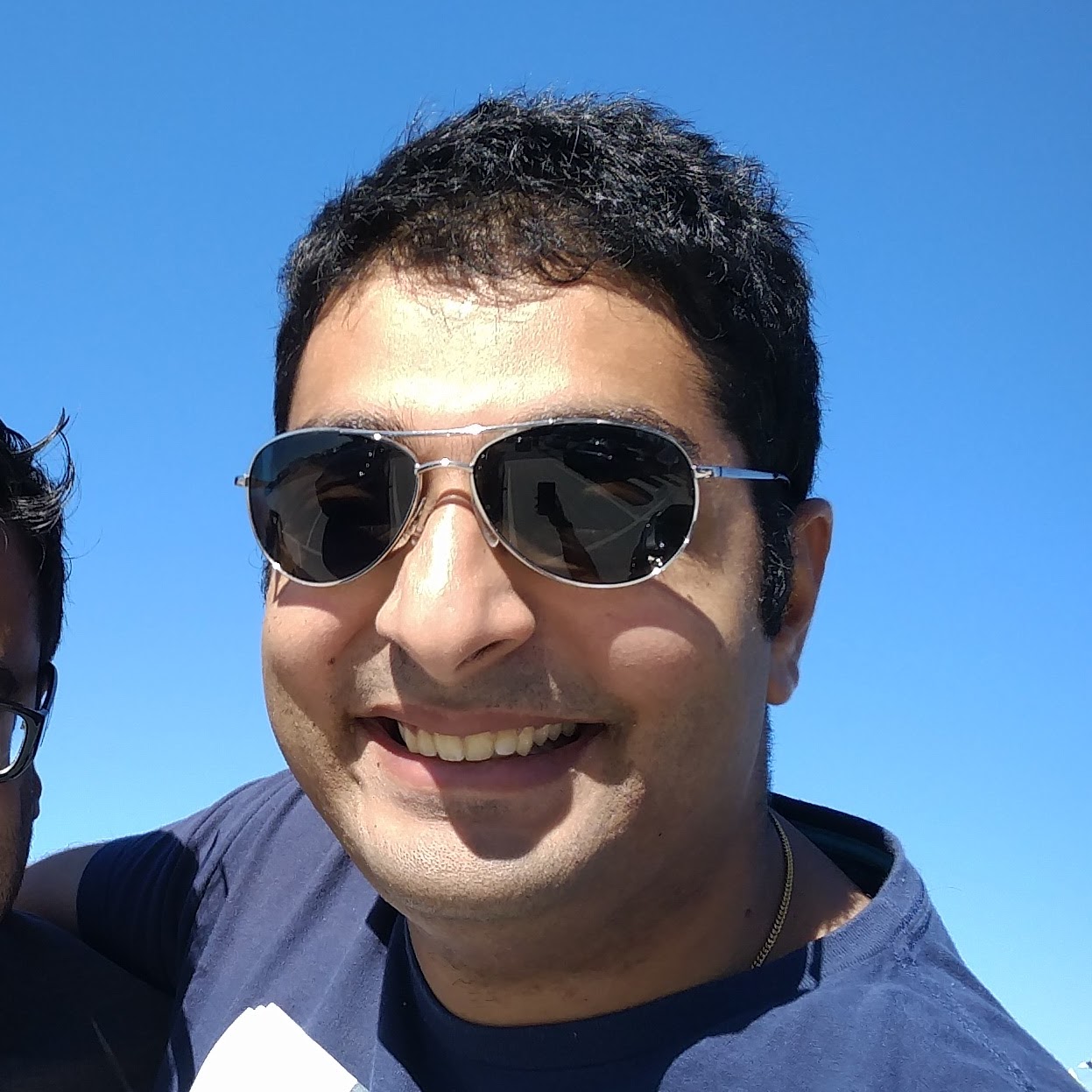Did you know that you can navigate the posts by swiping left and right?
Intentionality and Control
13 Apr 2021
. category:
.
Comments
My line of work is highly reactive. I spend a lot of time dealing with things that are unplanned or unexpected. While it’s good to be responsive and adapt to a changing environment, I sometimes feel like I’m flitting from task to task with little control or direction during my day. On days when this is particularly bad, I come away feeling exhausted and unfulfilled.
In the evenings, I’ll occasionally play Forza Horizon on my Xbox. I recently picked up a new car called the Caterham 7 in the game. It’s a super light sports car with tons of power–and all of it goes to the rear wheels. The result is a car that’s shockingly quick, but potentially difficult in the corners. I struggled to keep the front of my car pointed in the right direction and was constantly spinning out in a cloud of smoke.
It took awhile to understand where I was going wrong in the zippy little Caterham. You see, in a rear-wheel drive car, the back wheels are trying to push the car straight ahead. When you apply throttle while you’re trying to turn, the front wheels and the back wheels are trying to take the car in different directions. The result is two-fold: you’re not really going in either direction and you’re not going particularly fast.
The trick, then, is to not apply power while you steer, maintaining your speed and avoiding acceleration. When you’re not trying to accelerate, the Caterham has loads and loads of grip. You can take turns at astonishingly high speeds, so long as you’re not on the gas. This is such a well understood concept that it’s become a racing truism. When it comes to corners, slow is fast and fast is slow.
This relates very much to the concept of intentionality. I wasn’t trying to keep my foot on the gas while piloting my little sports car around the corner, but I wasn’t taking my foot off the gas either. My lousy performance (and lack of control) came about because I was not being intentional with my actions. When I got more mindful, my driving improved.
Engineers with a record of high performance are really used to just “jumping in” particularly when they see problems that they readily understand. It’ll be quick and easy, I often think. I even reassure myself that I’ll document the issue and make it easier to manage going forward. But that “jump in” came at the cost of some planned work, some prior commitment. If I gave myself just a minute to think about what I was doing, I’d probably get a better sense for the nature of the problem, its criticality, and the timeline to resolve.
The secret is to act less often but with more intentionality. It’s satisfying in the moment to knock down a little problem, but it’s the bigger, planned work that’s more gratifying. Addressing little things when they come up comes at the expense of the bigger things. On the other hand, taking a pause lets you re-orient, consider the need and its criticality, and decide when it needs to be fixed. If the answer is still “I need to do this right now”, then go forth!
